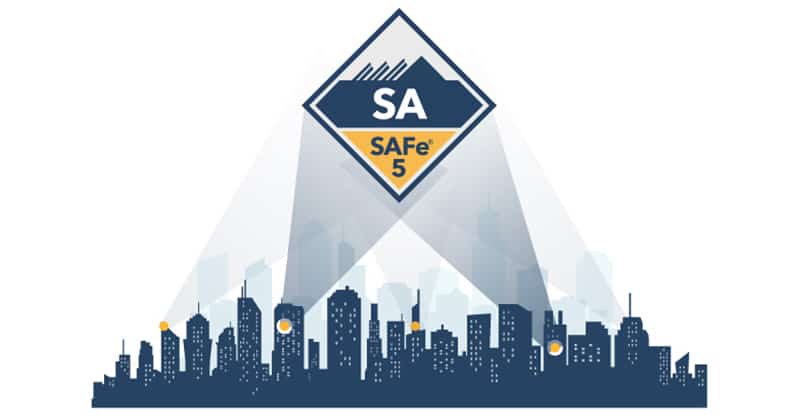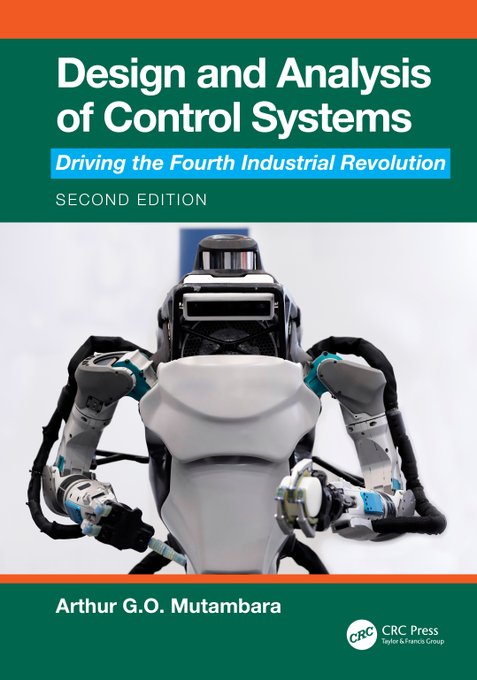What is SAFe Agilist training (SA)?
The SAFe Agilist is the SAFe principles and constructs’ first major point of introduction. This certification is given to those who pass an exam, which can be prepared for with the help of the two-day Leading SAFe course.
Leading SAFe, as the name implies, is intended for people who will lead a Lean-Agile enterprise and thus need to become strategically acquainted with the Scaled Agile Framework at Zeolearn.
Leading SAFe
The Scaled Agile Framework (SAFe) and the below principles derived from Lean, systems thinking, Agile development, product development flow, design thinking, Lean Portfolio Management, and DevOps are all covered in Leading SAFe agilist training at Zeolearn.
It also provides the Lean-Agile leader with the knowledge required to support and participate in PI Planning events, as well as comprehend the work of one or more Agile Release Trains (ARTs).
A SAFe Agilist can constructively apply Lean, Agile, and Product Development Flow principles to improve productivity, employee satisfaction, time-to-market, and quality.
This person understands how to introduce and implement SAFe in a company, as well as how to leverage its benefits to achieve its objectives. As a SAFe Agilist, you learn how Agile teams, Agile programs, and Agile portfolio management interact.
Why Become A SAFe Agilist?
Responsibilities of SAFe Agilist-
- A SAFe Agilist has a unique understanding of what it takes to transform the current agile product development system.
- They also understand how to incorporate agile portfolio management into an efficient organization that provides a continuous flow of value to their stakeholders and customers.
- They also maintain the shortest sustainable time-to-market.
- A SAFe Agilist does their work by applying the Scaled Agile Framework. They learn and develop product flow principles.
- It allows them to better lead the Scaled Agile Framework adoption within their organization.
Advantages of SAFe Agilist
- Offer guidance
One of the primary responsibilities of a successful SAFe Agilist is to guide the success, adoption, and continuous development of SAFe in an enterprise.
- Work on the innovations and needs
Assisting in the definition of a company’s perceptions and goals in order to successfully communicate strategic agreements. SAFe Agilists address the need for innovation among stakeholders as well as internal teams.
- Motivation
Assisting employees in establishing their expertise and careers by motivating them in a way that increases their capacities. It further develops their commitment to the perceptions and goals of both themselves and their company.
The SAFe Roles After Certification
- SAFe Agilists can apply the Lean-Agile mindset to management or leadership roles.
- Within a SAFe organization, a SAFe Scrum Master, or even a SAFe Advanced Scrum Master, can facilitate and coach one or more Agile Teams.
- A SAFe Product Owner provides guidance and expertise to an Agile Team, making decisions at the feature level.
- A SAFe Product Manager manages stakeholder and customer demand while providing feature priorities and expertise to multiple teams in an Agile Release Train (ART).
- A Release Train Engineer (RTE) keeps an organization’s Agile Trains on track. Their primary responsibilities “are to facilitate ART events and processes and to assist teams in delivering value”, according to their job description (Scaled Agile, Inc., 2021).
- A SAFe Program Consultant (SPC) is the change agent in charge: a hybrid of an internal SAFe consultant and trainer who recruits team members to take on SAFe roles.
- Technical Authority
The Enterprise Architect serves as Technical Authority at the portfolio level, similar to how the Solution Architect does. The SAFe Big Picture clearly reflects this Technical Authority, but what about the Execution and Content Authorities?
- Execution Authority
Because this level has no direct relationship to the work, the Execution Authority is not required, and there is no direct equivalent of the RTE or STE here. To achieve the required execution support, the Agile PMO and Lean-Agile Center of Excellence (LACE) collaborate with the SMs, RTEs, and STEs. In general, we will regard the Agile PMO as the long-term owner of portfolio execution.
- Content Authority
Instead, the true Content Authority is considered to be the Portfolio Management and Business Owners who operate at the Portfolio level. Rather than being a single person, the Content Authority is a group of enterprise executives, enterprise architects, and business owners who collaborate to manage strategy and investment funding.
- Other Roles
You may also come across a Solution Portfolio Manager in other parts of SAFe, who some may consider being the ultimate Content Authority at the Portfolio Level. However, in the SAFe Big Picture, this is never truly defined as a separate role, so we’ll treat it as an abstraction of the collaboration associated with the three authorities.
Sprint Retrospective Versus SAFe Iteration Retrospective
If you are familiar with the Scaled Agile Framework (SAFe), you should be aware of the many similarities in specific practices that SAFe and Scrum share.
With the exception of some terminology (e.g., “sprint” versus “iteration”), most practices are nearly identical to “classic Scrum” (i.e., the Sutherland/Schwaber version of Scrum as formally documented in the Scrum Guide) and SAFe.
The Iteration Retrospective is one SAFe feature that deviates from Scrum in a significant way. On the surface, the Iteration Retrospective appears to be the same as the Sprint Retrospective. This, however, is not the case.
- Iteration Retrospective doesn’t revolve around the process
The Iteration Retrospective in the SAFe instantiation of Scrum differs significantly from the classic Scrum in that it consists of two components: quantitative and qualitative reviews. The only focus in a Sprint Retrospective class is the qualitative review, in which the team examines the people, processes, and tools and attempts to implement improvements in the next iteration/sprint. The quantitative component is added to the SAFe approach to emphasize team performance and metrics, which are addressed in Scrum during the Sprint Review.
- Iteration Retrospective is 1 hour timeboxed
The recommended timebox for a Sprint Retrospective in classic Scrum is 3 hours for a 4-week sprint, which equates to 1.5 hours for a 2-week sprint. In SAFe, however, this timebox is 1 hour (for the assumed 2-week iteration in SAFe).
- Iteration Retrospective includes problem-solving
Another seemingly minor but significant distinction between the Sprint Retrospective and the Iteration Retrospective is that Scrum does not mention problem-solving at all during the Sprint Retrospective approach. SAFe, on the other hand, states that the team is expected to use the Iteration Retrospective to investigate the root cause and then identify process improvement actions for a subsequent iteration.
| CRITERIA | GUIDELINE | CHECKLIST | |
| Trademark Compliance | Trademark compliance is required for all certifications (we have provided the list of courses with trademarks); please ensure this is used | Do the certification names have trademarks? | Done |
| General Guidelines | When talking about KH, refer to it in third-person | Is KnowledgeHut mentioned in third person? | Done |
| When quoting statistics of any kind, mention its source too | Are sources cited wherever statistics are included? | Done | |
| Structure | Ensure headings and content are related to the subject being discussed | Is there a clear flow of content across the blog? | Done |
| Open the blog with an introduction | Is there an introductory paragraph? | Done | |
| Finish the blog with a closing paragraph | Is there a closing paragraph? | Done | |
| Grammar, Style | Keep main and all subheadings in title case | Are all headings in title case? | Done |
| Ensure all sentences are grammatically correct | Are all the sentences grammatically correct? | Done | |
| Information Accuracy | Ensure that all information provided is accurate | Is all the information provided accurate? | Done |














